Santa Barbara’s Paseo Nuevo Redevelopment Starts to Take Shape
City Council Unanimously Approves Project Agreement, Level of Affordability Still Up in Air

Santa Barbara City Council unanimously approved a project agreement Tuesday for what would be a massive rehaul of Paseo Nuevo — the city’s once-premier shopping mall that has been struggling in recent years — and although the redevelopment will bring hundreds of units of housing to downtown, there are still questions as to how many of those units will be affordable, and whether the city will have enough bargaining power to get anything more than the bare minimum offered.
The agreement marks the official beginning of the courtship between the city — which owns the land under the property — and AllianceBernstein (AB), the investment group that became the unintentional leaseholder of Paseo Nuevo after making a loan to the prior owner, which eventually defaulted. Consultant Dena Belzer, president of Strategic Economics, explained that the city agreed to work with AB in September 2023 to pursue a project with at least 500 units of housing.
Belzer said there was a bit of a rush to getting the project started due to ever-rising interest rates and construction costs, meaning that a project approved with current rates would have to contend with higher costs by the time it broke ground a year or two into the future. On the city’s side, this may be the last chance to get any sort of housing at Paseo Nuevo — should the deal with AB fall through, the mall would potentially sit unchanged for the next 40 years.
The project agreement sets the parameters of the development, dictating the amount of units and allotment of square footage for retail, residential, and open space. According to the terms agreed upon by the city and AB, the project would include 500,000 square feet of residential; 85,000 square feet of retail focused on smaller restaurant and shop space, including a possible 15,000-square-foot grocery and a 20,000-square-foot gym; and 96,700 square feet of open space, about half of which will be public space. The buildings could be anywhere from two to seven stories high, including an underground parking garage with 640 spaces.
The housing portion of the project will have at least 500 rental units with a mix of one, two, and three-bedroom units. The number of affordable units, and whether they would be for low or moderate-income renters, would be determined before the city and AB sign an official Disposition and Development Agreement.
The process, according to the staff report, is similar to the city’s previous development of a former commuter lot on Carrillo Street — a development done in collaboration with the Housing Authority of the City of Santa Barbara.
Much of the discussion surrounded the importance of maintaining arts and cultural institutions at Paseo Nuevo, and ensuring that the project would have a significant portion of affordable units.
Rob Fredericks, executive director of the Housing Authority of the City of Santa Barbara, submitted a letter to the council and spoke during public comment to offer the agency’s full support toward the project. While the Housing Authority has not been officially brought in as a partner in the plans, he said that he hopes the city will lean on the agency’s past experience with similar projects to ensure the community gets the maximum amount of low- and moderate-income housing at Paseo Nuevo.
He said that if AB were to only use the State Density Bonus to achieve affordability, the project would fall short of its potential. “With Housing Authority involvement,” he said, “a target of 30 to 40 percent affordability is not just aspirational but achievable.”
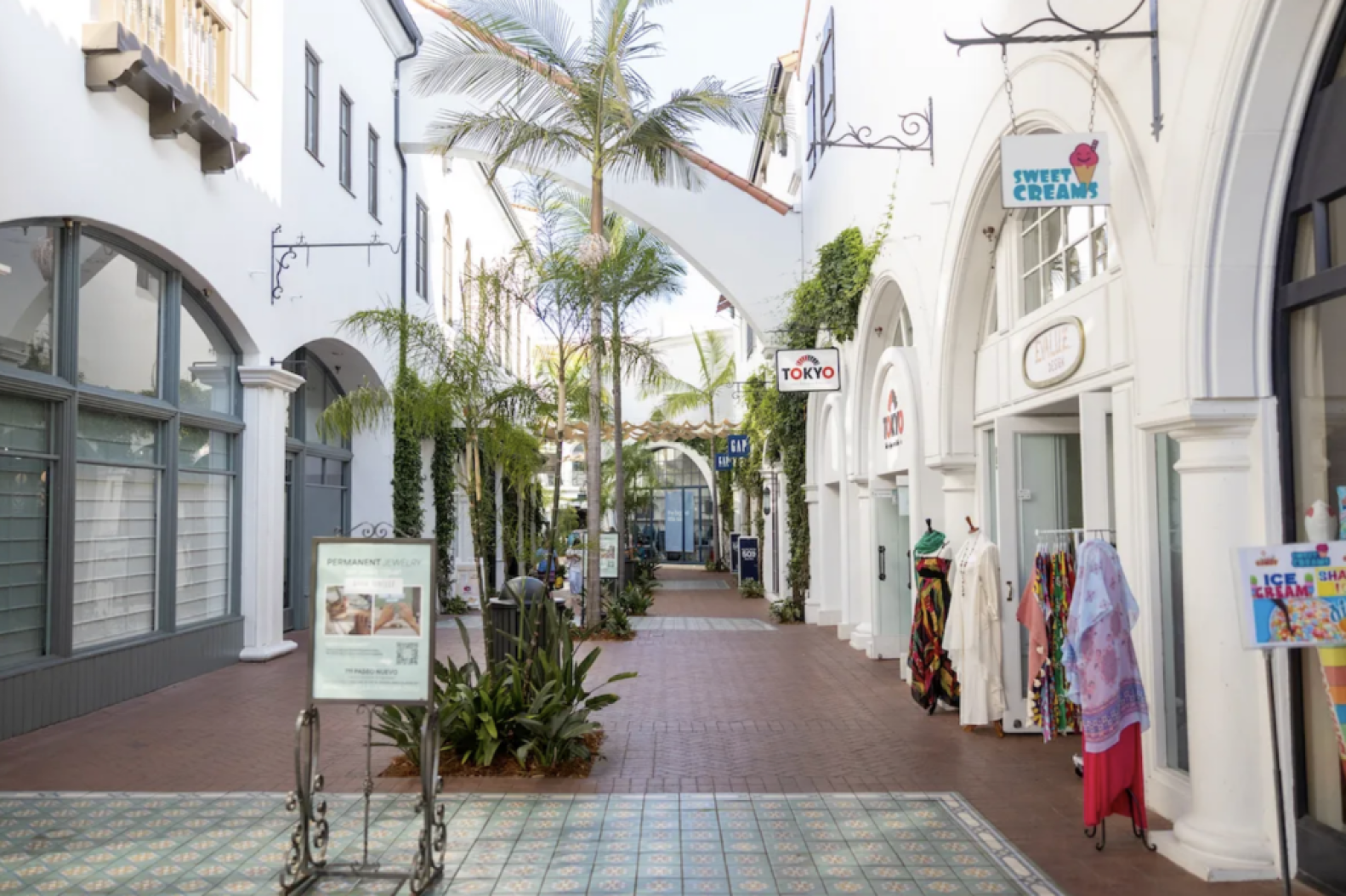
Fredericks said it was possible because, through its resources and the leveraging of tax credits, public funds, and other sources, the Housing Authority could build many more units at no extra cost to the developer.
“On this project, do you want 42 affordable units or do you want 200 affordable units?” he asked the council.
Councilmember Meagan Harmon, who represents the downtown district, said the project has incredible potential to transform downtown and she was excited to see where it goes and what creative ideas Fredericks and the Housing Authority could bring to the table.
She also said it was still too early in the process to include requirements in what was essentially a “non-binding agreement” between the city and AB, but she is confident that all parties understand the importance of affordable and moderate-rate housing. The city’s goals for affordability and preservation of the art spaces were all things that could be included.
Councilmember Mike Jordan, who worried that the land value didn’t give the city enough bargaining power to make demands at this stage, suggested that AB come back with several options for the city to look at before agreeing to a shared project vision.
The council unanimously approved the project agreement terms, including the Surplus Land Act exemption necessary to develop the land. The project is expected to come back across the council in the next few months.
Premier Events
Thu, May 02
5:00 PM
Santa Barbara
Things with Wings at Art & Soul
Sat, May 04
10:00 AM
Lompoc
RocketTown Comic Con 2024
Wed, May 01
7:30 PM
Santa Barbara
American Theatre Guild Presents “Come From Away”
Thu, May 02
5:00 PM
Santa Barbara
100th Birthday Tribute for James Galanos
Thu, May 02
5:00 PM
Santa Barbara
Meet the Creator of The Caregiver Oracle Deck
Fri, May 03
4:00 PM
Santa Barbara
Santa Barbara Fair+Expo “Double Thrill Double Fun”
Fri, May 03
8:00 PM
Santa barbara
Performance by Marca MP
Sat, May 04
10:00 AM
Solvang
Touch A Truck
Sat, May 04
11:00 AM
Santa Barbara
Mental Wellness Center’s 28th Annual Arts Faire
Sat, May 04
11:00 AM
Santa Barbara
Community History Day
Sat, May 04
3:00 PM
Solvang
The SYV Chorale Presents Disney Magic Concert
Sat, May 04
7:00 PM
Santa Barbara
A Star Wars Cantina Celebration: Renegades, Rebels, and Rogues
Thu, May 02 5:00 PM
Santa Barbara
Things with Wings at Art & Soul
Sat, May 04 10:00 AM
Lompoc
RocketTown Comic Con 2024
Wed, May 01 7:30 PM
Santa Barbara
American Theatre Guild Presents “Come From Away”
Thu, May 02 5:00 PM
Santa Barbara
100th Birthday Tribute for James Galanos
Thu, May 02 5:00 PM
Santa Barbara
Meet the Creator of The Caregiver Oracle Deck
Fri, May 03 4:00 PM
Santa Barbara
Santa Barbara Fair+Expo “Double Thrill Double Fun”
Fri, May 03 8:00 PM
Santa barbara
Performance by Marca MP
Sat, May 04 10:00 AM
Solvang
Touch A Truck
Sat, May 04 11:00 AM
Santa Barbara
Mental Wellness Center’s 28th Annual Arts Faire
Sat, May 04 11:00 AM
Santa Barbara
Community History Day
Sat, May 04 3:00 PM
Solvang
The SYV Chorale Presents Disney Magic Concert
Sat, May 04 7:00 PM
Santa Barbara

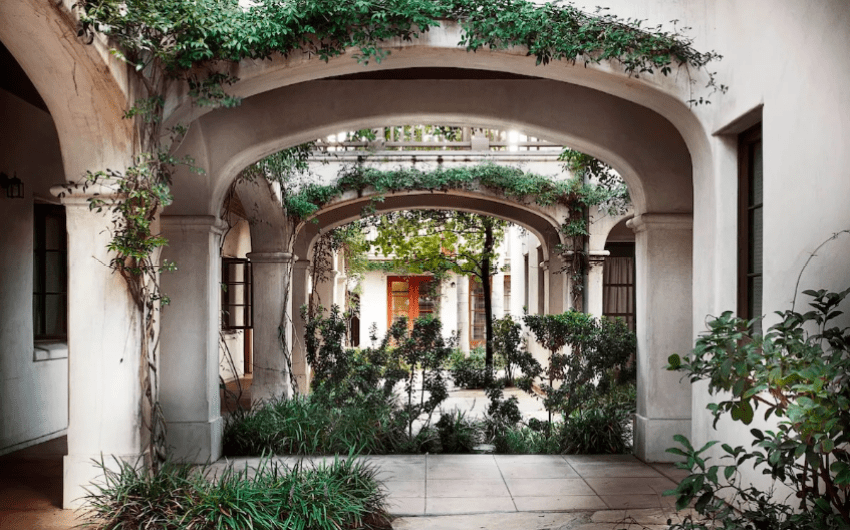
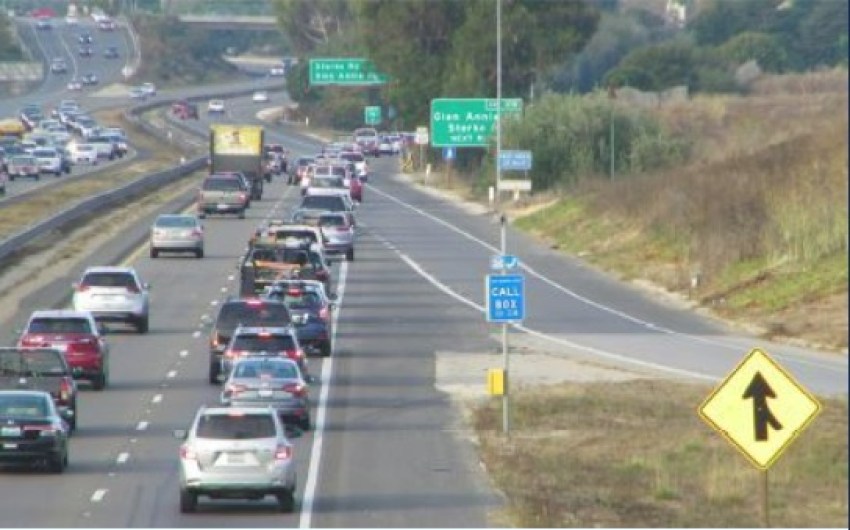
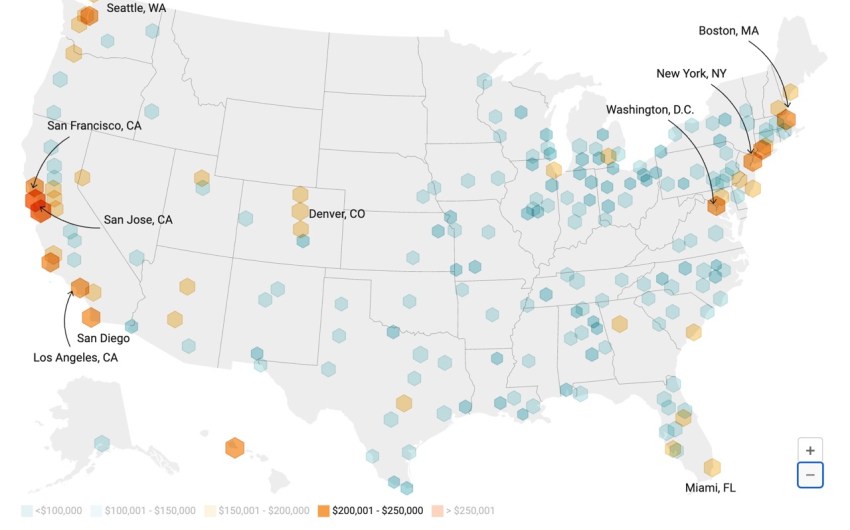

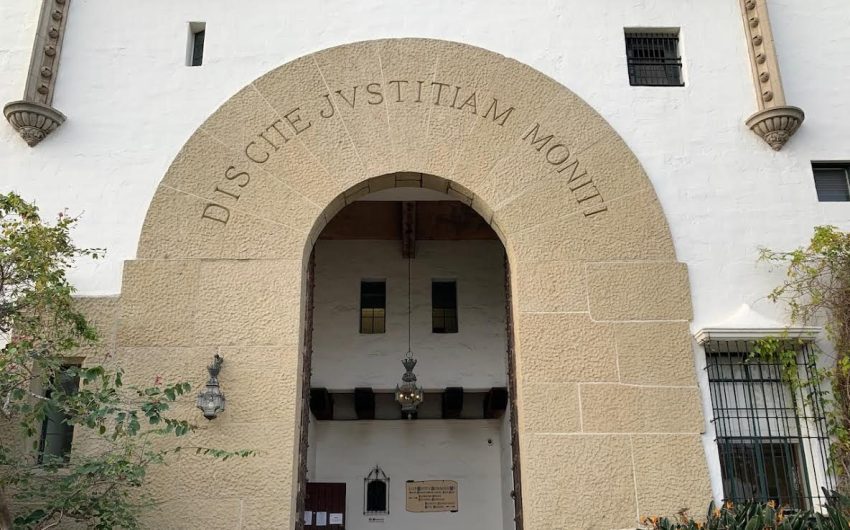




















You must be logged in to post a comment.